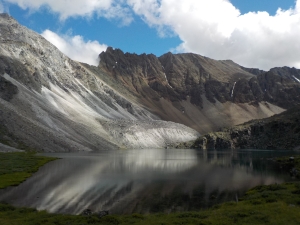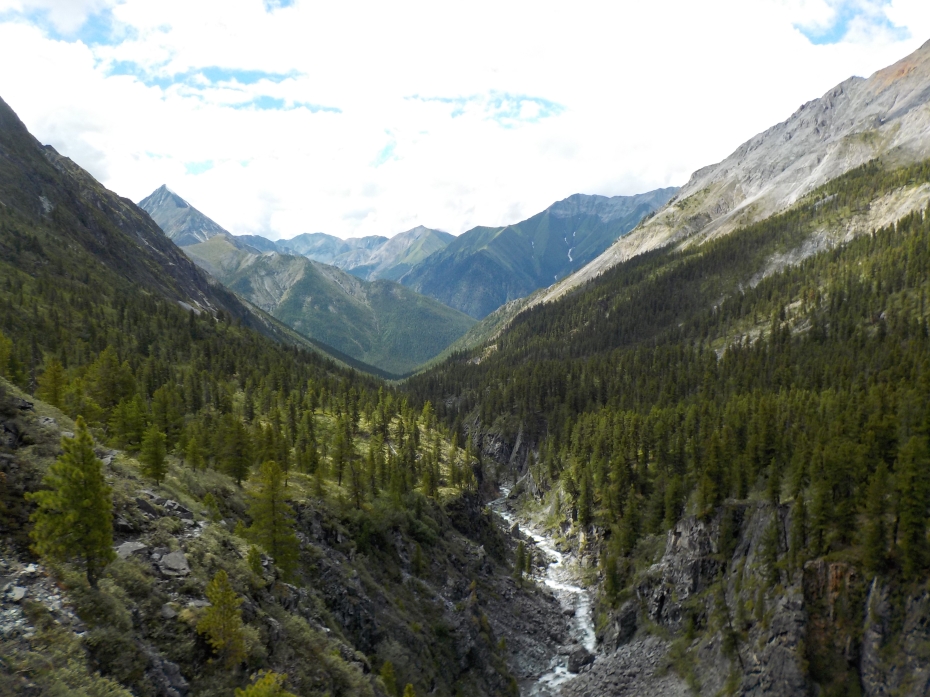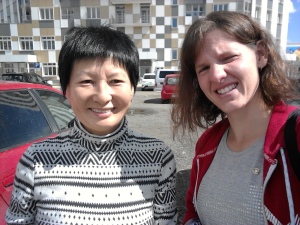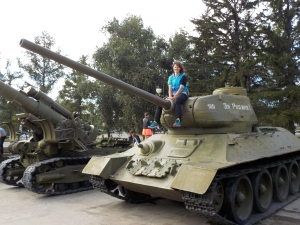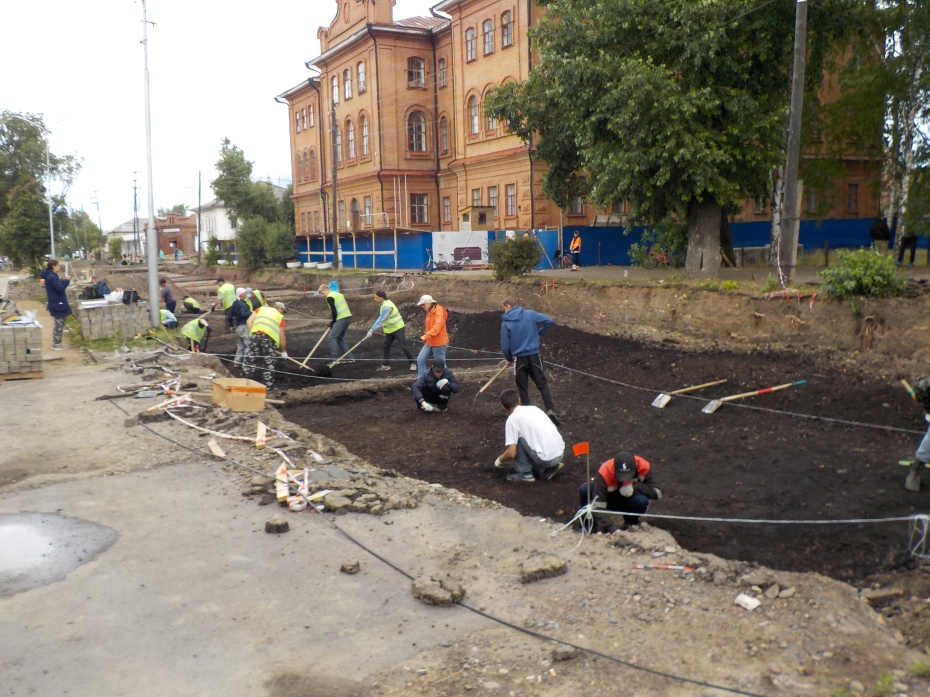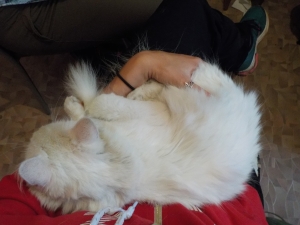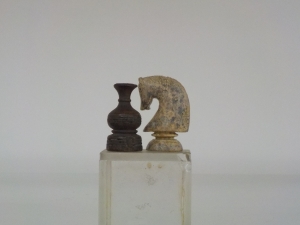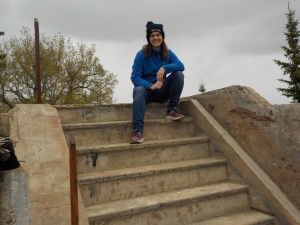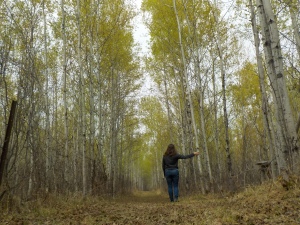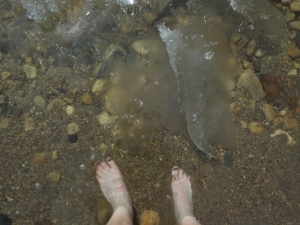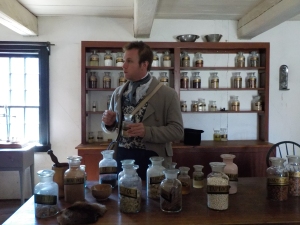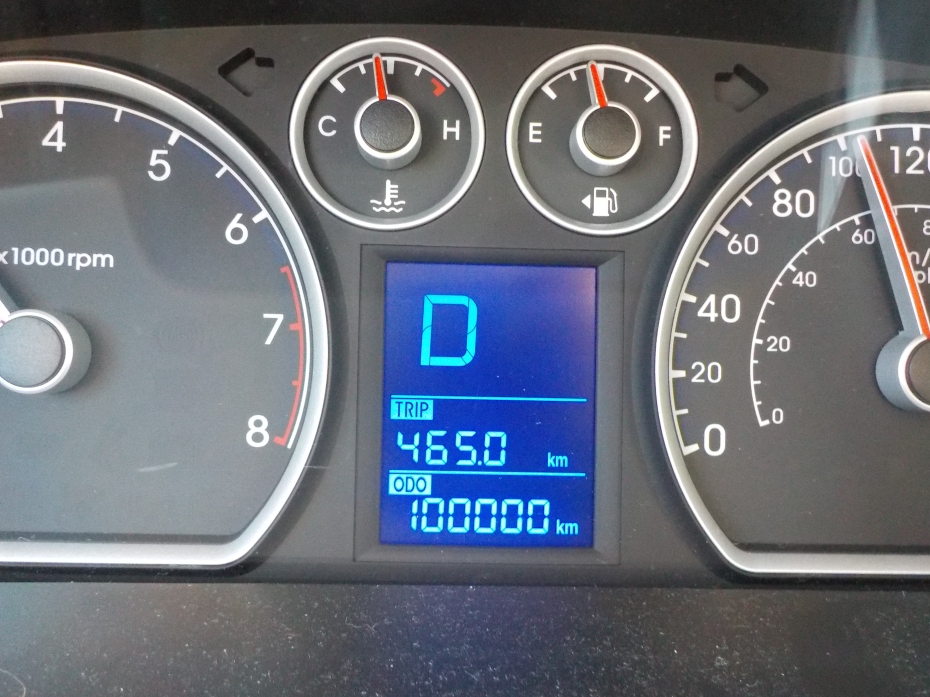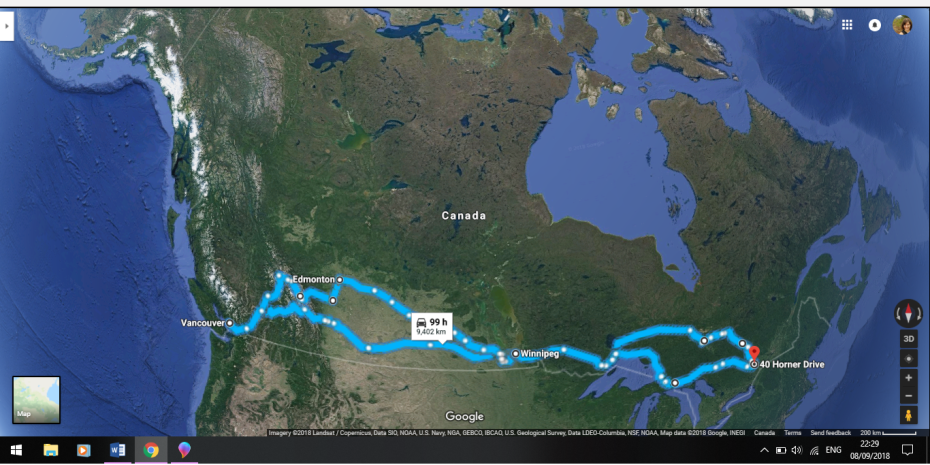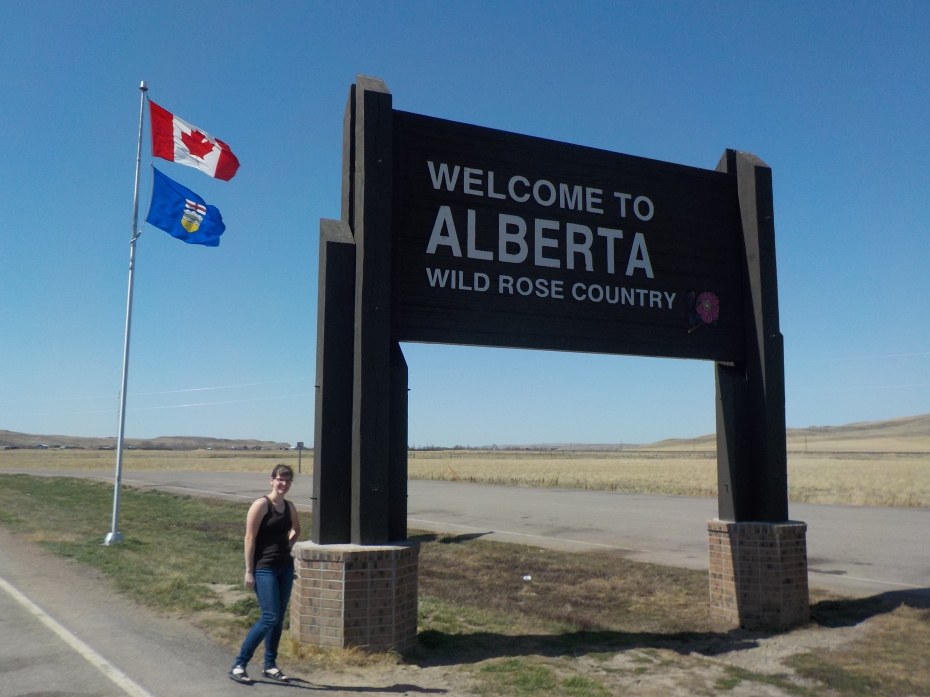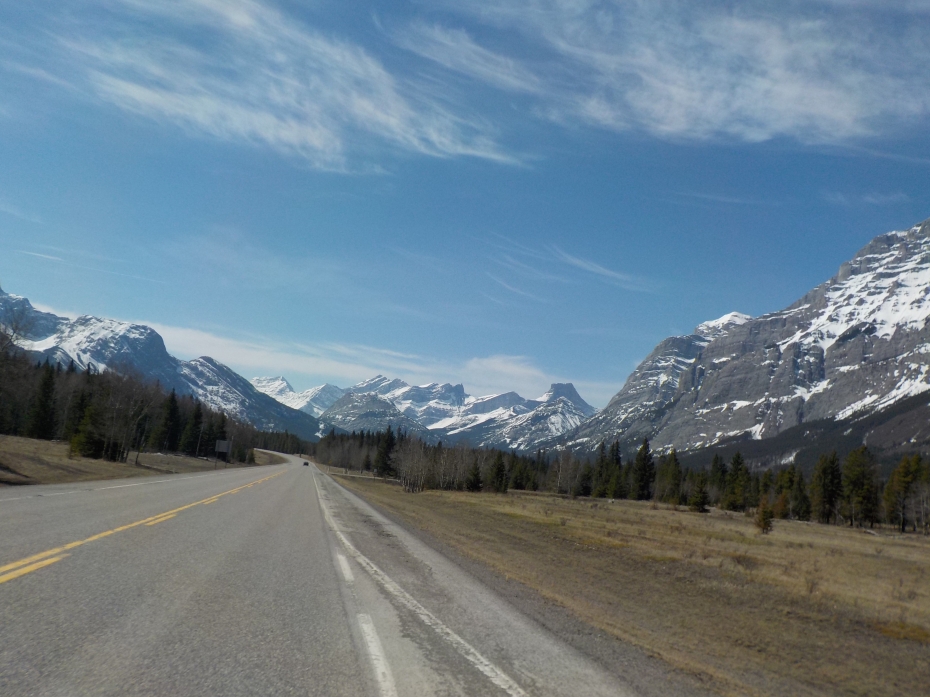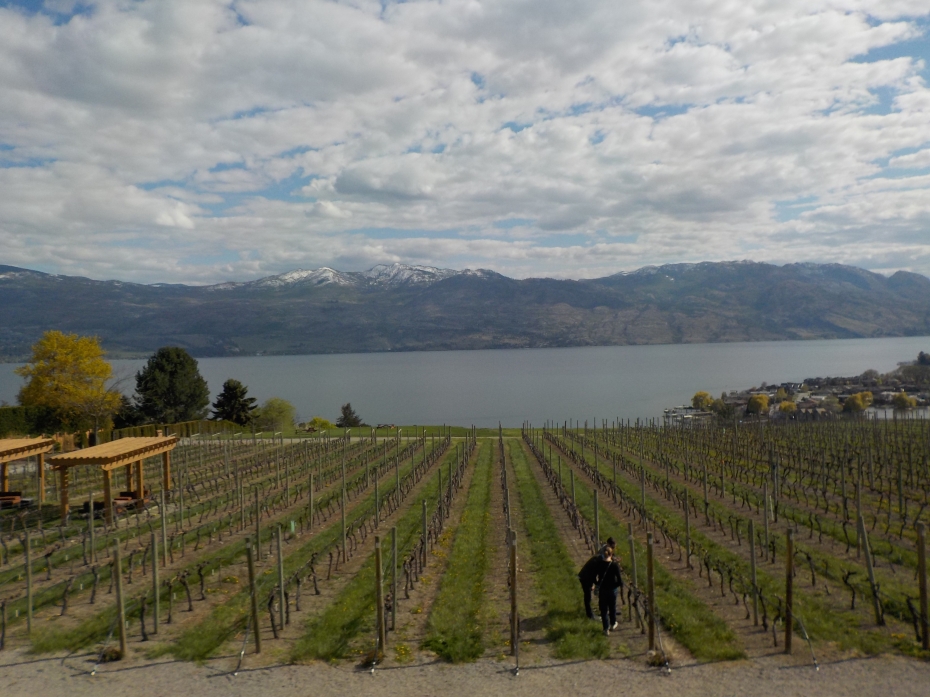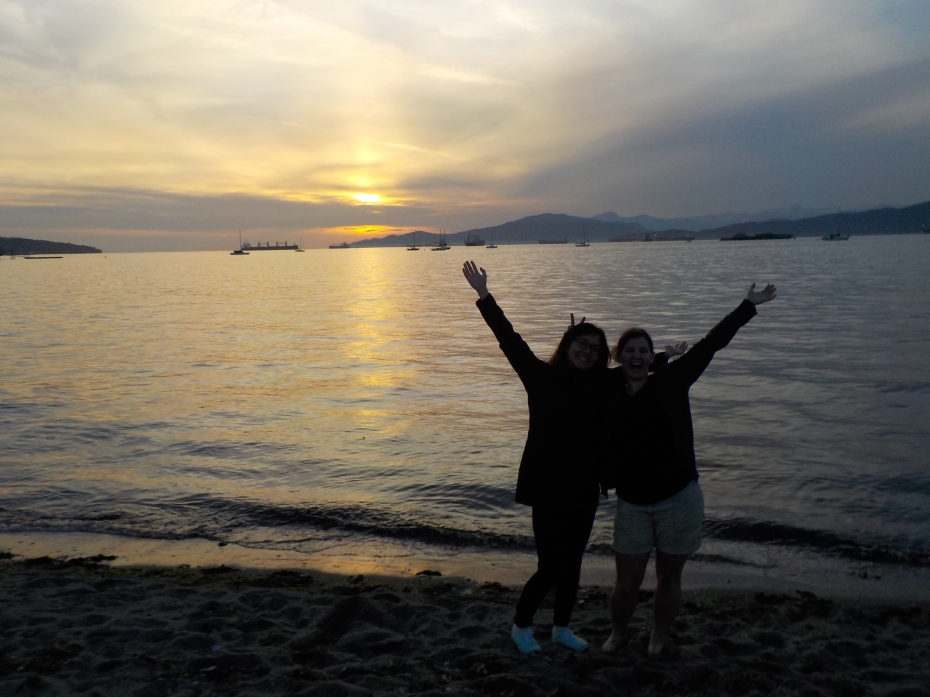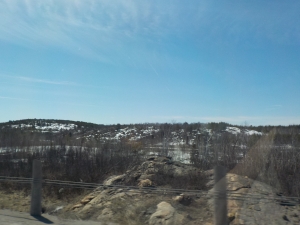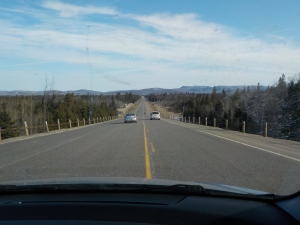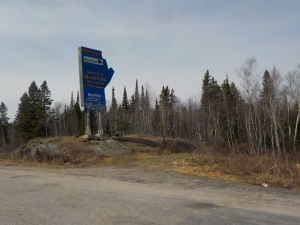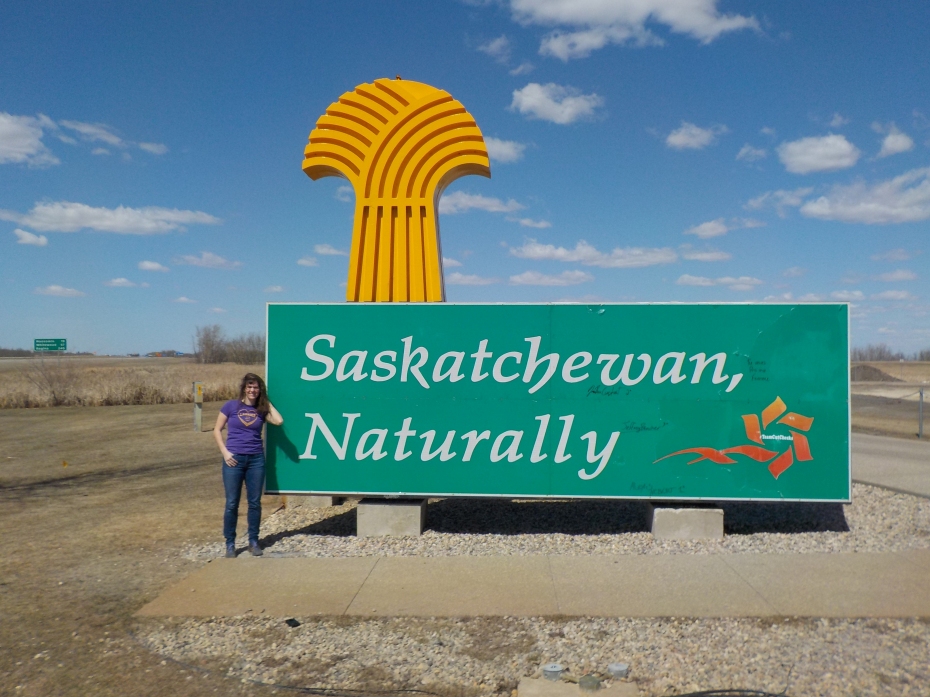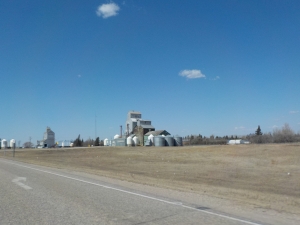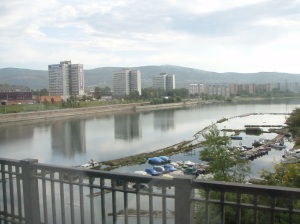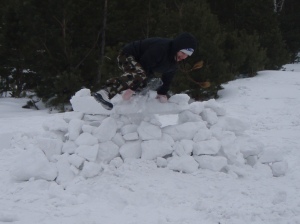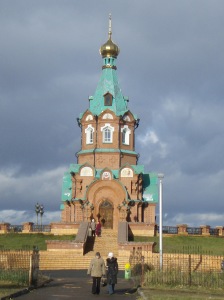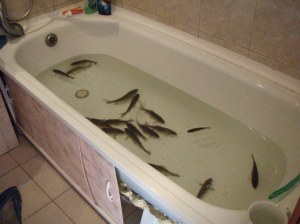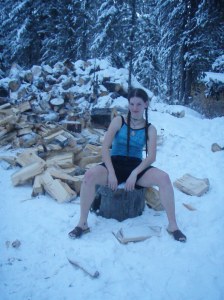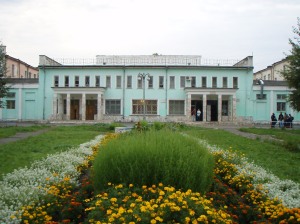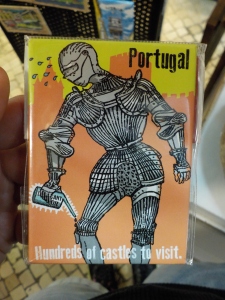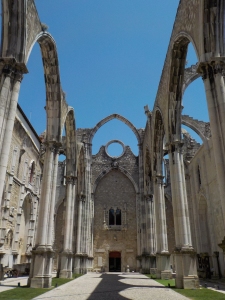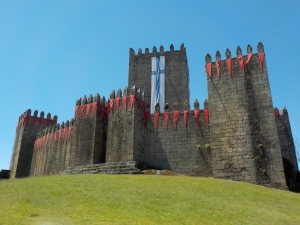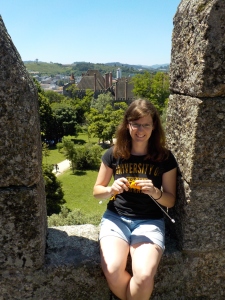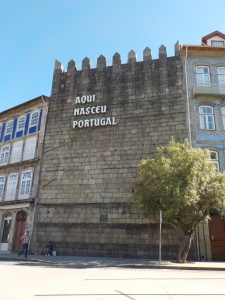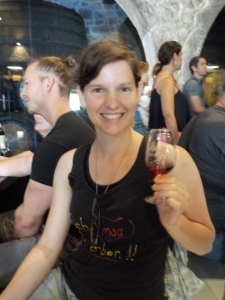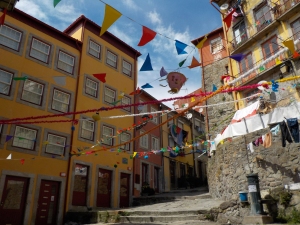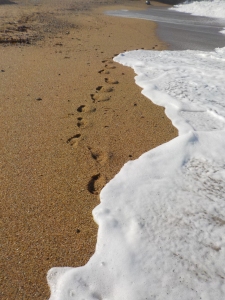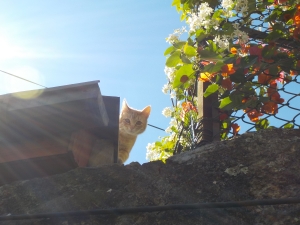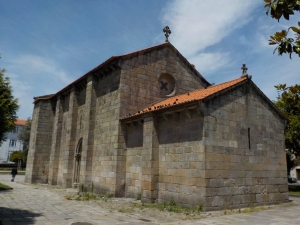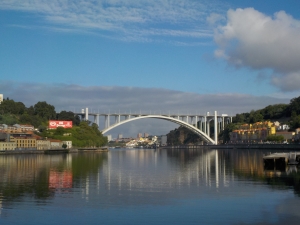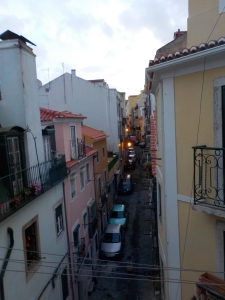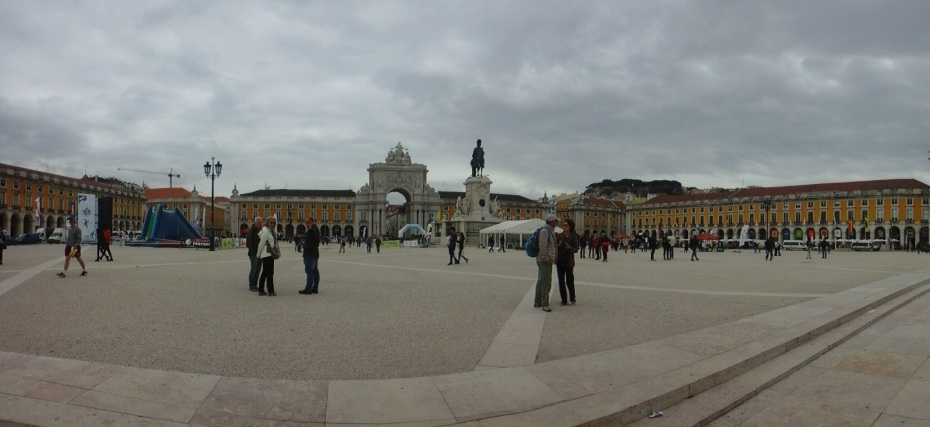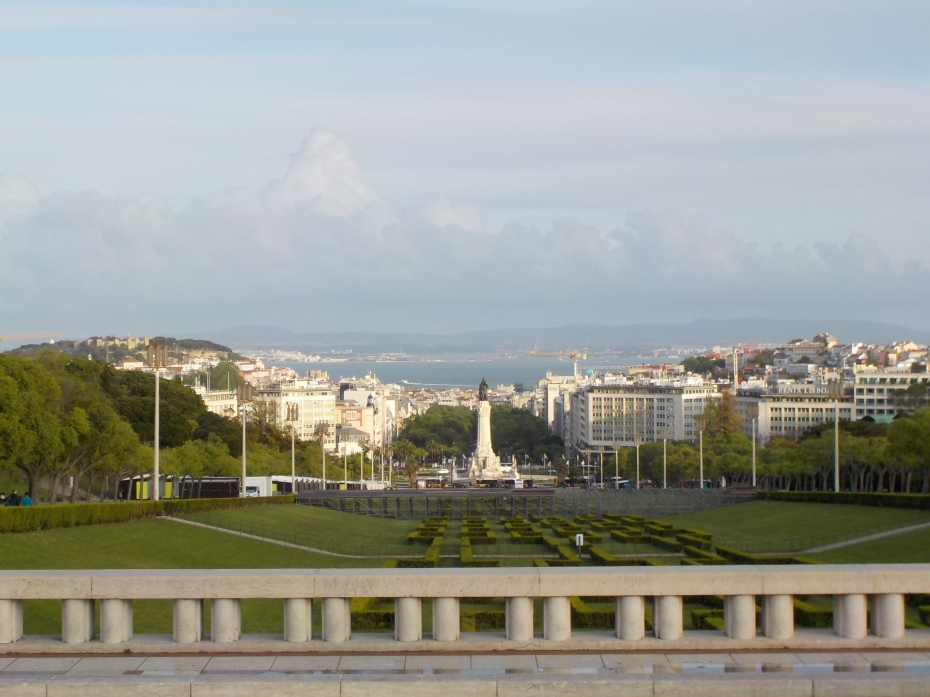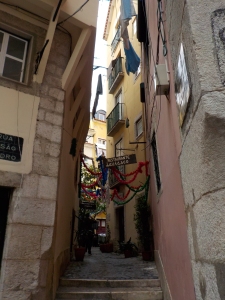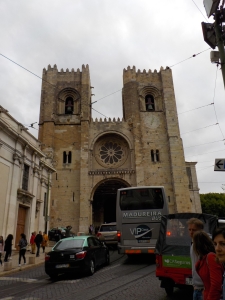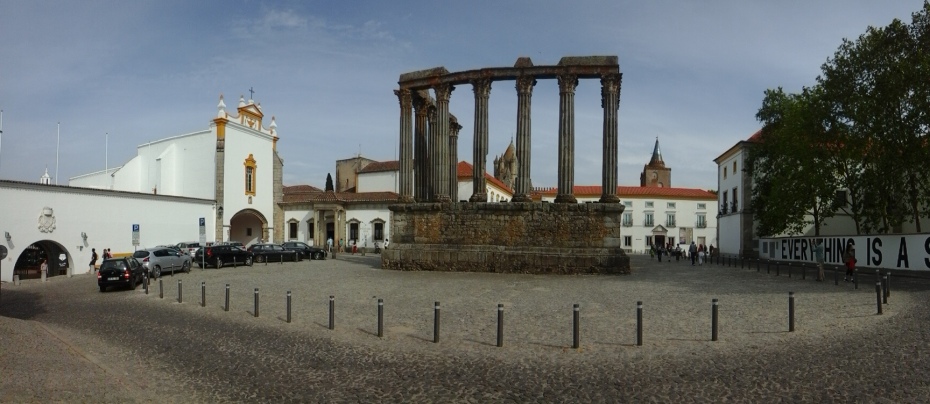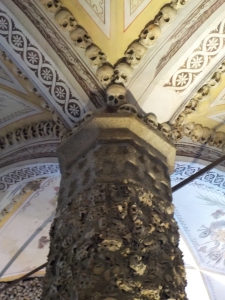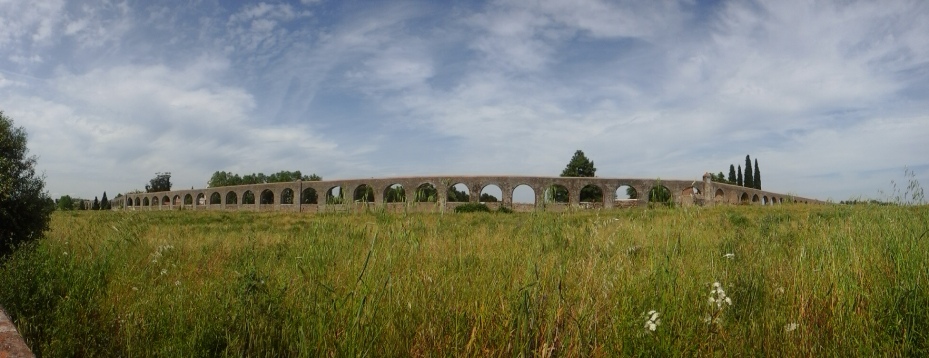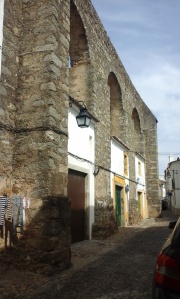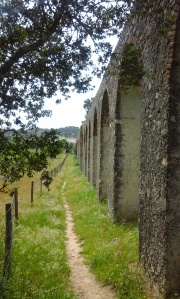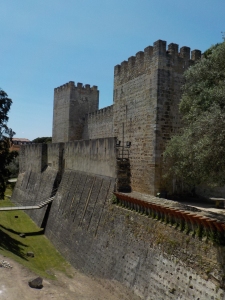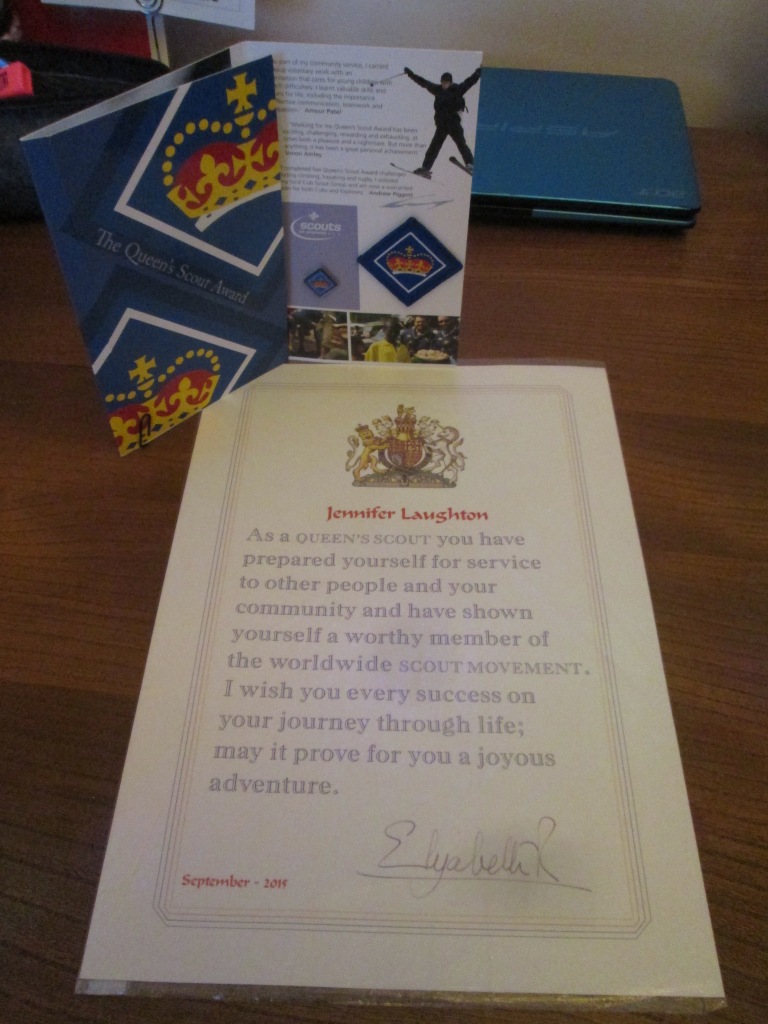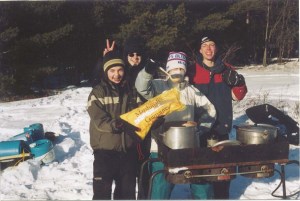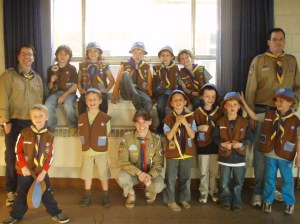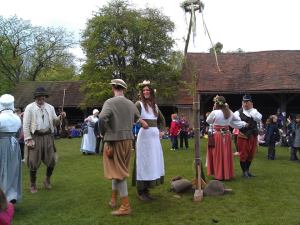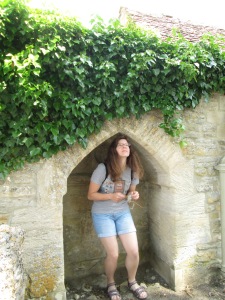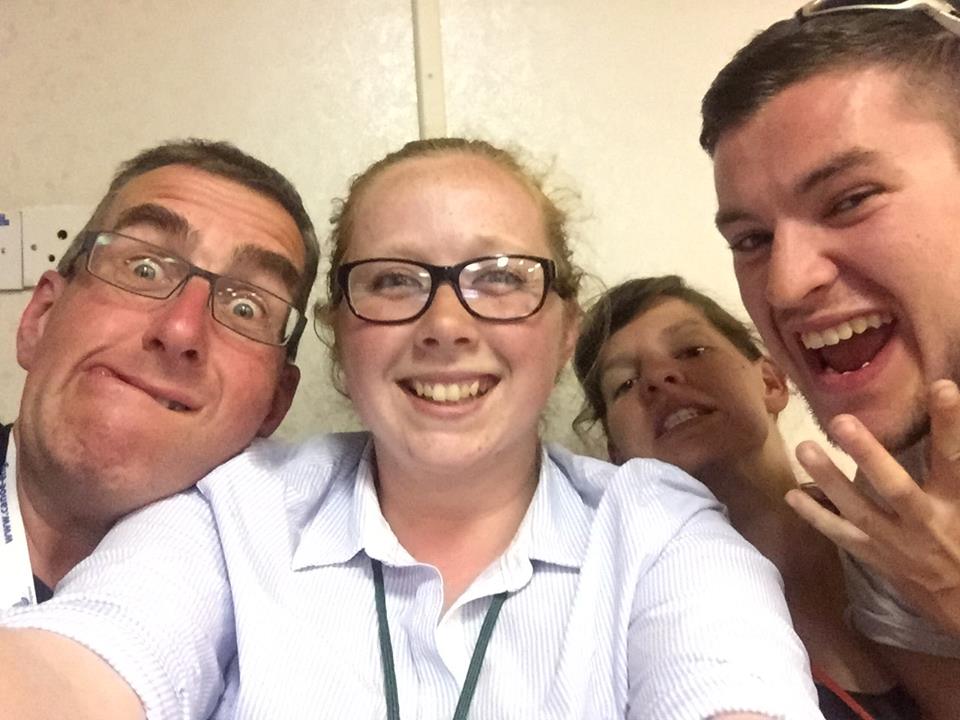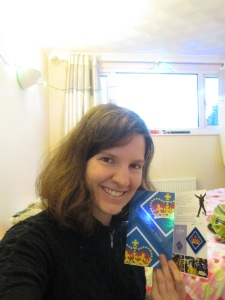I am too old for hostels, I think. I spent three nights at The Naughty Squirrel and, while the hostel was great (safe, awesome location, friendly workers, good price) some of the other guests reminded me of why I would prefer to camp. I don’t need to be woken up three times in one night by drunk Scandinavians…or drunk anyone, really. But alas, when money is tight (or you’re too cheap for a hotel) hostels are a decent option – just remember to bring earplugs!
After a sojourn in the UK for data collection, I made my way to Latvia to attend a workshop my project was facilitating and at which I would be presenting a bit about my research – the facet-nating world of interproximal wear facets *jazz hands*. Sarcasm aside, I do enjoy my research (sometimes) and the presentation went well and the feedback from the other grads students there gave me warm–validating–fuzzies. But I digress, this is not a piece on academia, but rather a rambunctious romp through a thousand years of Latvian history…in three days.
Day 1: History & Horrors
I began my first day in Rīga with an Old Rīga free tour, led by a man whose family hails from eastern Latvia and is ethnically Latvian. His dry, cutting sarcasm and candid view on Latvia’s history was quite to my liking. For the near two hours we spent with him he painted an intriguing picture of Vecriga (Old Rīga ) and Latvia writ large, giving us a brief but mind-boggling overview of the country’s history. Rīga was founded in 1201, but had previously been home to the Livs/Livonians, and has since been settled/occupied by Germans of the Hanseatic League, the Polish-Lithuanian commonwealth, the Swedish Empire, the Russian Empire, and the Soviet Union. With this cavalcade of nations, it’s no wonder the architecture is so typically European, the history so rich and complex, and the languages spoken so diverse. Upon my arrival at Rīga International Airport I heard so much Russian I was sure I’d ended up in Moscow! Most signs were in Latvian, Russian, and English, or just Latvian and Russian. It was an odd feeling, as a Russian speaker, to use Russian before English while traveling in a non-Russian locale.
After tour A, I made my way northeast to tour B at the Corner House – the former KGB headquarters from 1940-41 and post-1944. It was in this building that ‘enemies’, ‘dissenters’, and anti-Soviets were brought under cover of darkness to be imprisoned, interrogated, and executed; few who entered this building in ’40-’41 left alive. The terror of the Soviet Occupation in Latvia had been so intense that the Nazis were seen (briefly) as liberators when they in turn occupied the country. Our guide, whose grandfather had spent time in the prison post-WWII, was engaging but stern, taking us through the facilities as though we were the dissenters. We began in the interrogation room, making our way through the tiny-as-heck prison cells, the “exercise courtyard” (four walls and a floor of concrete), and finally the execution room where bullet holes still coat the walls. Several individuals on our tour had had family perish in this very room.
If the Corner House wasn’t enough to make one feel rather unsettled, then a trip to the Occupation of Latvia Museum seals the deal. Located downtown near the House of the Black Heads, the museum is located in a modern building and details the 51 years of Soviet–then Nazi then Soviet–occupation, leaving out no unsettling, depressing, or horrific detail. I will neither confirm nor deny that I was openly crying by the end, and I was definitely not crying when I got to the small case of bullets…which had been pried out of the walls of the Corner House execution rooms. Nor when I watched the videos of a free Latvia after the fall of the Iron Curtain. Nope, no tears. While themes of occupation, persecution, and state-sponsored death are not typical topics for children, the museum is open to all, stating that “young visitors will learn about the historical events with the help of an interactive companion, Miks the Teddy Bear.” One can follow Miks’ life through the occupation in a slightly less depressing journey. In the final box one can see Miks in front of Nathan Phillips Square, Toronto, waving the flag as a proud Latvian.
Last stop of this historical tour of the horrors of humanity was the former Rīga ghetto to visit the Latvian Holocaust Museum. During WWII over 70,000 Latvian Jews were killed, their names now inscribed on a memorial wall at this “place of life”. Inside one of the buildings is an intriguing way of presenting the lives of the deceased: boxes hang from the ceiling about head height, each plastered with pictures and information about those who were killed. One such individual was Wilhelm Edelstein, who was deported from Vienna to Riga and died at Bergen-Belsen Concentration Camp in 1945. After those three stops I didn’t have it in me emotionally to visit the “1991 Barricades Museum”. I grabbed some pizza, pop, and Laima chocolate, sat by the old castle, and calmed myself while watching ducks and boats float downstream on the Daugava River.
Some additional points of interest, that are much less dark, include: the Three Brothers (the oldest buildings in Riga, dating to the 15th-17th centuries), the House of the Black Heads (originally built in the 14th century, then rebuilt from the original plans after the fall of communism), the Cat House (Kaķu Nams – below), St. Peter’s Church (great panoramic views of the city), the Museum of the History of Riga and Navigation, the Swedish Gate, the Latvian War Museum, and the Art Nouveau Block.
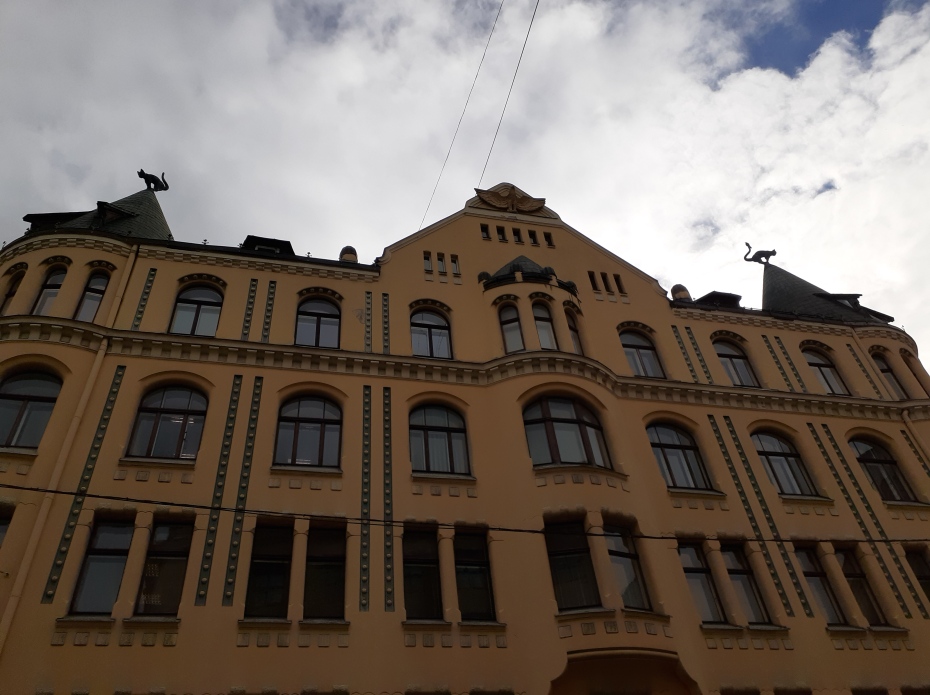
Day 2: Beaches & Bogs
After a very good night’s sleep, I rose early to catch the ~730am train (only €2.10!) heading west to the beachtown of Jūrmala, a former Soviet spa-like villa town. At 8am the beach was deserted, with only a few dog walkers and the seagulls for company. I did some yoga just shy of the frigid waves before leisurely walking in the water along the Baltic coast. Eventually, I cut into town, making my way back to the visitor centre along beautiful wooden-cottage lined streets, passed a gorgeous Orthodox church shining in the early morning sunshine, and a bench covered in metal seagulls. Next, I caught a bus north to the Jurmala Open Air Museum, a lovely little site which showcases the lives of Latvian fishermen. It also had some 16-17th c. shipwreck fragments and the odd naval mine! After a perusal of the site (and obligatory Titanic picture on one of the boats), I grabbed a hot drink and walked through the beautiful and serene Bulduri Nature Park to the coast, where I had a picnic lunch at Lielupe Beach and watched the everchanging clouds and the odd tanker drift over the Baltic Sea.
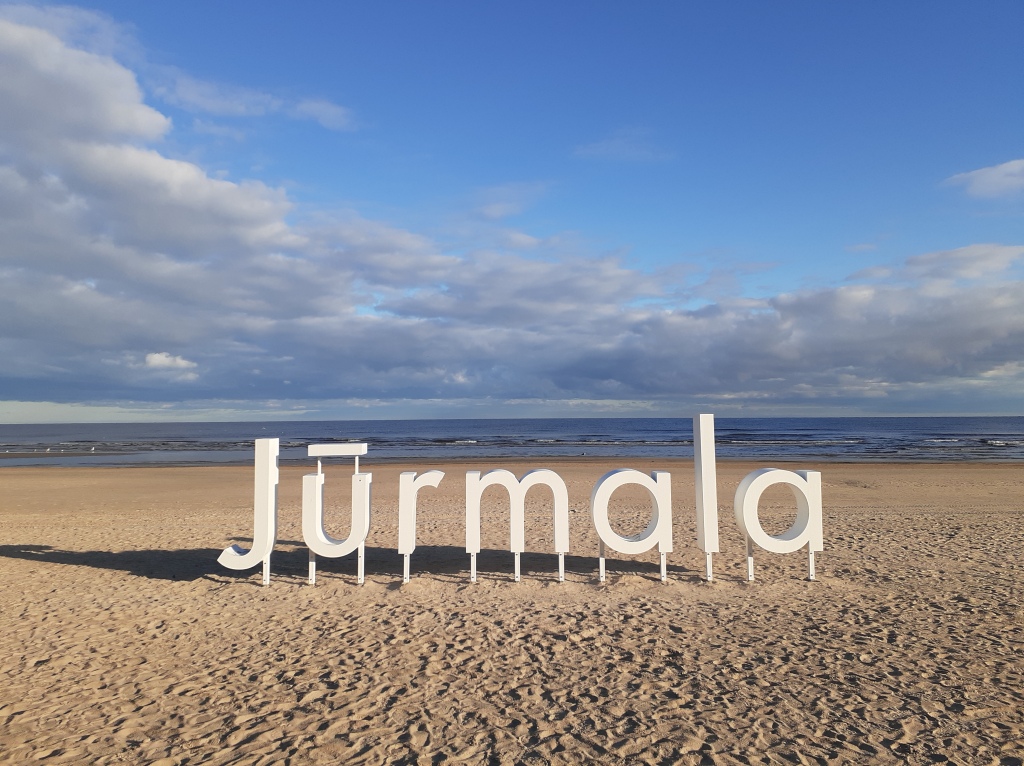


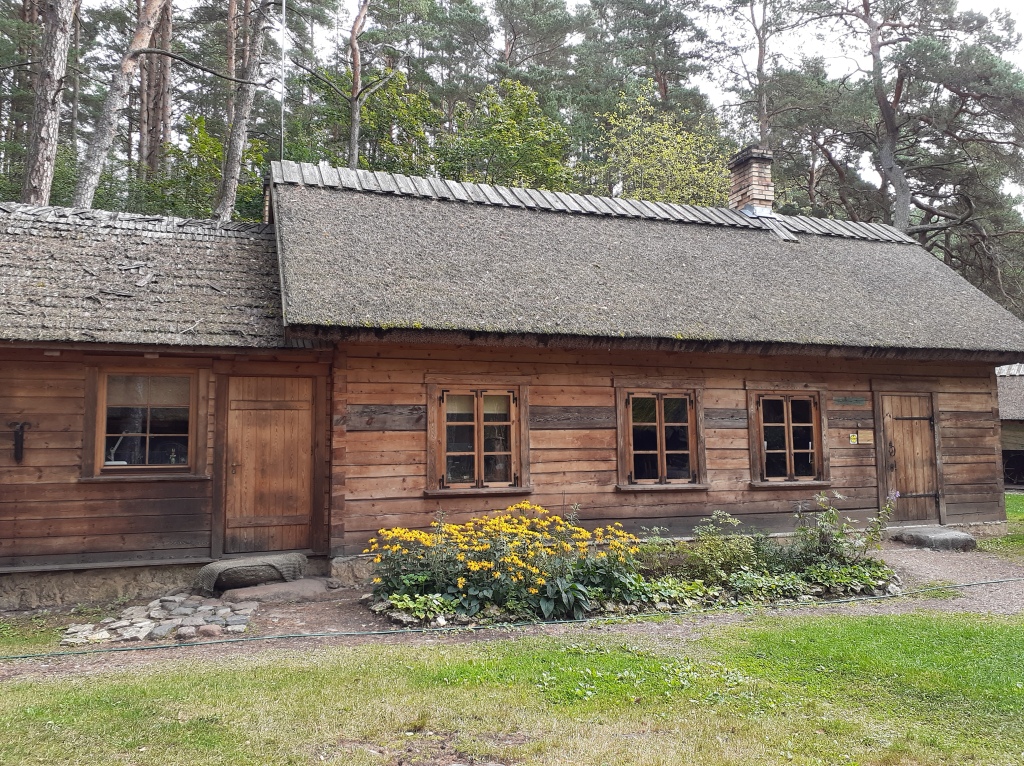

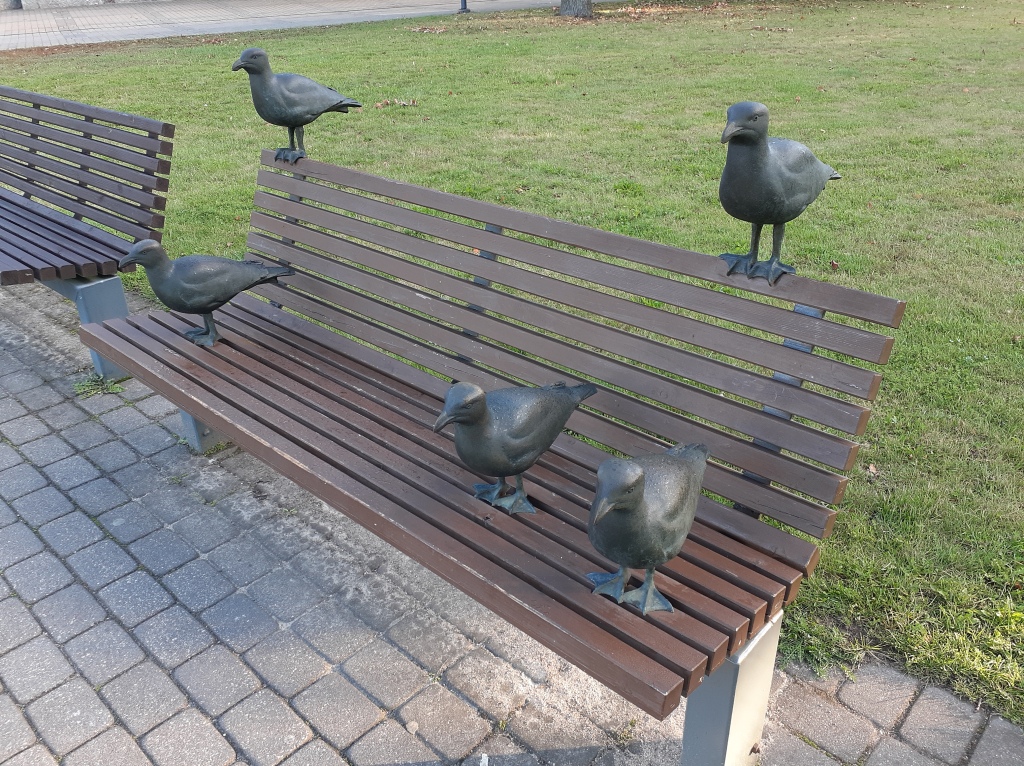
Returning by bus to the train station, I carried on a tad further west to Ķemeri, a former hot spring resort town located in Ķemeri National Park. About 3.5km south of town was my main goal for today: the Ķemeri Bog, where there is a 3.5km boardwalk trail that takes you through this raised bog. As a handy info sign told me, raised bogs are essentially “natural sponges” made up of sphagnum moss. My favourite thing I learned was “how can a tank sink in a raised bog?” – very easily, apparently, as the Soviets found out during WWII. There are still several tanks kicking around in Ķemeri bog which, as the Russian part of a sign told me but not the English, ranges from 5-15m in height! Beware of Bog I guess! (…which is a pun as ‘bog/Bog’ is the Russian word for god/God…) During my trek I made several little lizard friends, scared a snake, relaxed on a Muskoka-like chair, and poked some spongy moss.

I returned to the town, walked around to see some of the sights (and lack thereof – many of the original spa hotels and buildings have fallen into ruin), and grabbed an ice cream and juice from the shops. I caught a train back to Riga, wandered around the old town for a bit as the sun set, then returned to the Naughty Squirrel to prepare for day three…and to rest my poor feet after ~15km of walking.
Day 3: Castles & Caves
Another day, another early start. I caught the ~745am train heading east towards Sigulda, a beautiful medieval town nestled in Gauja National Park. The town was founded in 1207 by the Livonian Brothers of the Sword who built a castle on the southern edge of the river valley. This was to be my first stop on my historical hike. It was a little rainy, but cleared up as the day went on, providing some stunning clouds for backdrops across the valley. The medieval Sigulda Castle (instead of the modern Sigulda Castle cum Sigulda Regional Council) today has been partially reconstructed, allowing visitors to climb the main and north towers, and imagine how it would have been in its glory days. There is also a large section of preserved ruins for those like me who prefer their history old and falling apart (but who also enjoy running along castle walls giggling as they stare through arrow slits). The castle’s grounds are now home to an annual opera festival, and provide stunning views along the Gauja River Valley.
After castle 1, I took a cable car across the valley, which gave breathtaking views along the river as, I kid you not, Rick Astley played over the speakers. A little bit of hiking later and I found myself at castle 2: Krimulda. Built in the 14th century (and destroyed by the early 17th), Krimulda today is an open field surrounded by trees–who almost form the medieval walls–with a small portion of castle wall extant. I had a brief chat with some other tourists (joking that we’d see who made it to Turaida first – them by car or me on foot) before descending into the valley in a death-by-a-thousand-stairs situation: it was very much like being back in Edmonton.
Along the valley, I came upon Gutmanis Cave, the largest and tallest in the Baltics. The walls of the cave have been carved/inscribed by tourists since the 17th century and it made for a fun game of ‘spot the oldest graffiti’. The cave is most famous for the story of Turaidas Roze – the Rose of Turaida. Long story short, a beautiful young woman had been secretly meeting her lover at the cave, but she was sought after by another. He pretended to be her lover and summoned her to the cave. Upon seeing his deceit she tried to leave but he wouldn’t let her. In exchange for her honour she offered him a magic scarf, saying it would keep him safe from harm. He did not believe her and demanded she prove it, so she tied it around her neck and told him to strike her with his sword. Unsurprisingly, he was eventually caught, tried, and hanged for her murder. Today, newlyweds and lovers pay homage to the Rose of Turaida both here and at her burial place at Turaida Castle, castle 3.
I arrived at the third and final castle and, to my surprise, saw the tourists from before behind me at the ticket counter–I won the race! Turaida is an expansive museum reserve, housing a sculpture garden, a church, several historical buildings, and a beautiful, red brick castle, lovingly and historically-accurately reconstructed with ye olde materials. Like Sigulda Castle, Turaida was originally built in the 13th century by the Livonian Brothers of the Sword, and used thereafter by the Teutonic Order and others until its ruin in the 18th century. The main tower–which is an original one—boasts a gorgeous river valley panoramic view, along with over a hundred stairs to get there. Classic castle.
After paying my respects to the burial of the Rose of Turaida, and buying a Latvian book because it promised descriptions of the church cemetery excavations, I caught a bus back to the train station and made my way back to Rīga. There, I checked out of my hostel, rolled my bag across cobblestoned streets, and checked into my hotel in time to grab dinner with the other Baikal Archaeology Project people in town for the workshops. Adieu, fun-filled days of wandering, hello academia.
Side Stop: Rundāle
After two days of workshops, and many interesting presentations on middle Holocene hunter-gatherers from Siberia, we went on a field trip to the Latvian countryside estate of Rundāle Palace. The present day palace was built in the 17th century, but the original manor house dated to the 15th century. It was home to Ernst Johann von Biron, a favourite of Catherine the Great of Russia—and as our sassy and delightful guide Olaf intoned, a ‘favourite’ held a very special place…under her majesty (if you get his drift). The two hour tour was over in a flash and Olaf was ever the storyteller, weaving tales of political intrigue, salacious rumours, Soviet anti-capitalism, and even a diverting display of ladies’ fan language. I walked away from Rundāle with historical facts, a fond memory of teaching R. how to waltz in the grand ballroom, and the ability in ‘fan’ to tell someone across a room how big an engagement ring I want and when they can deliver it to me. A skill every modern woman should know, really!




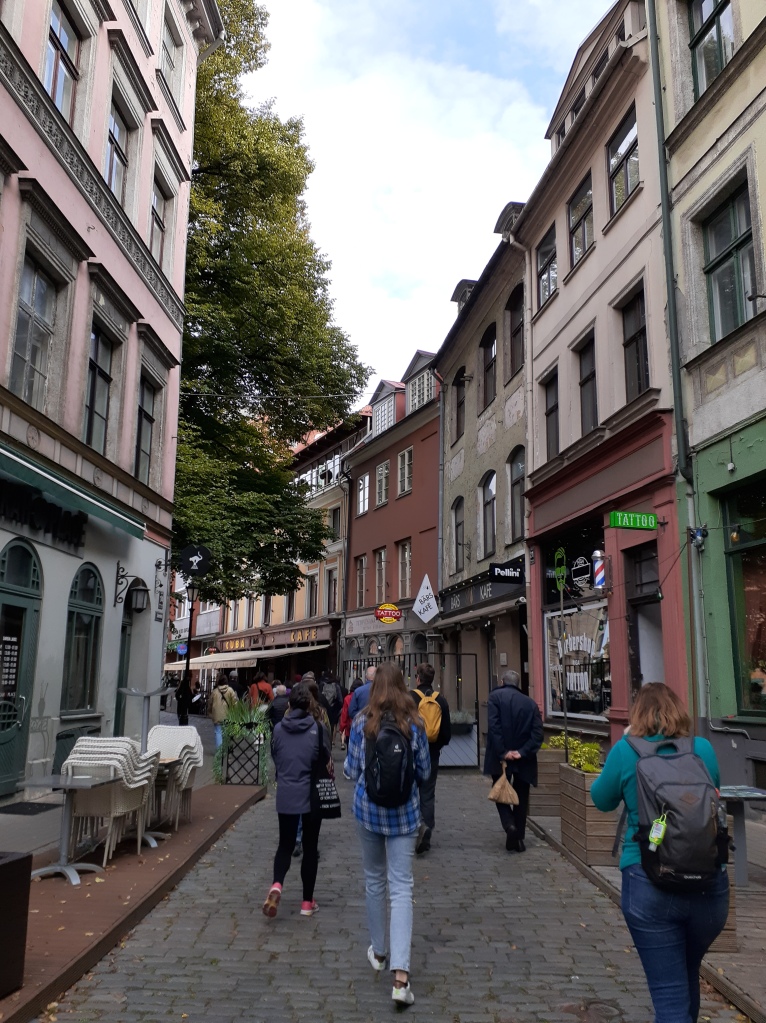
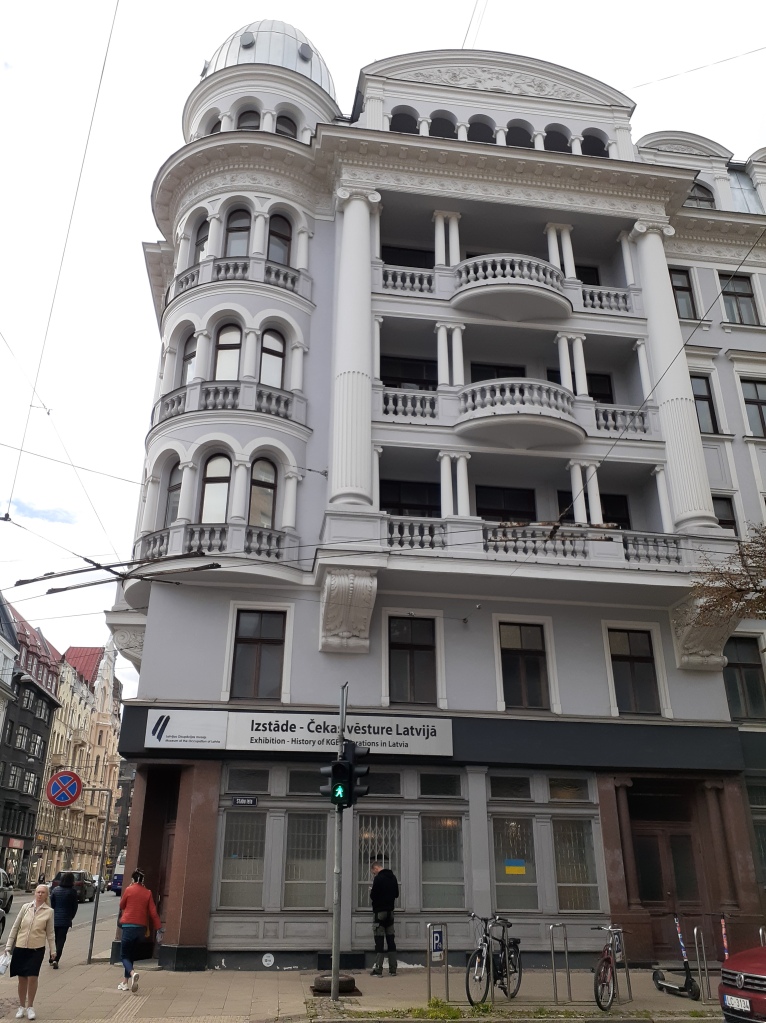
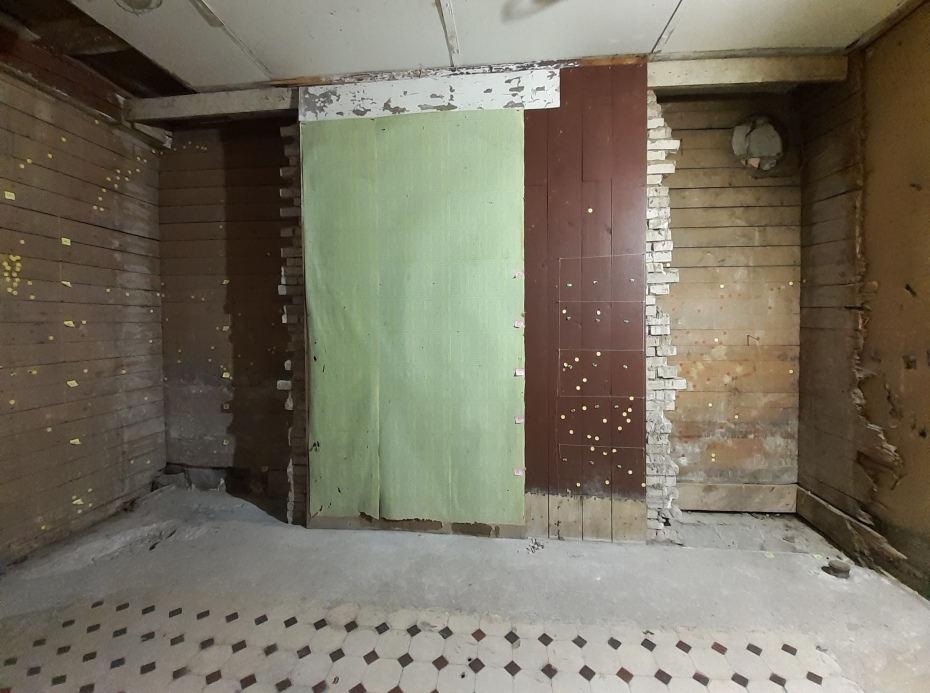




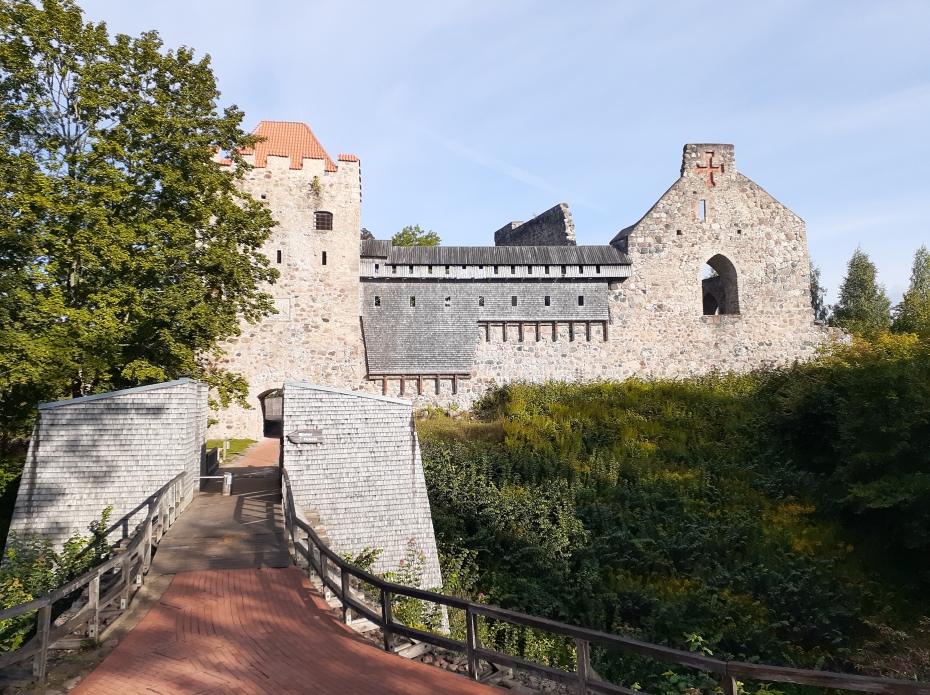



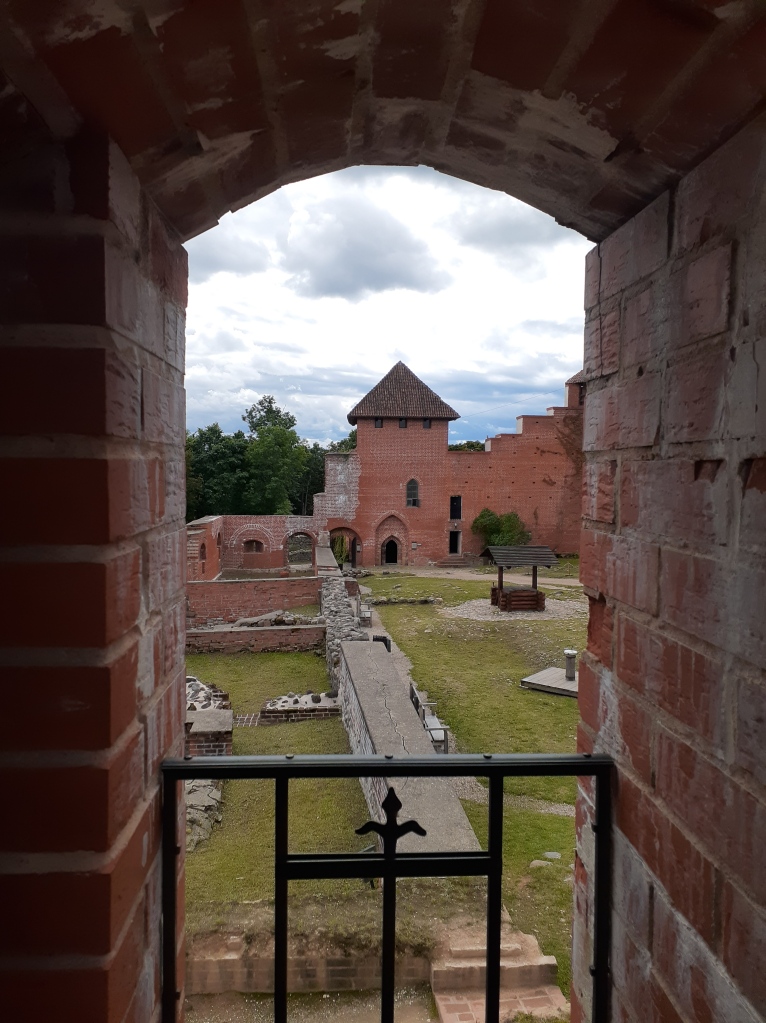
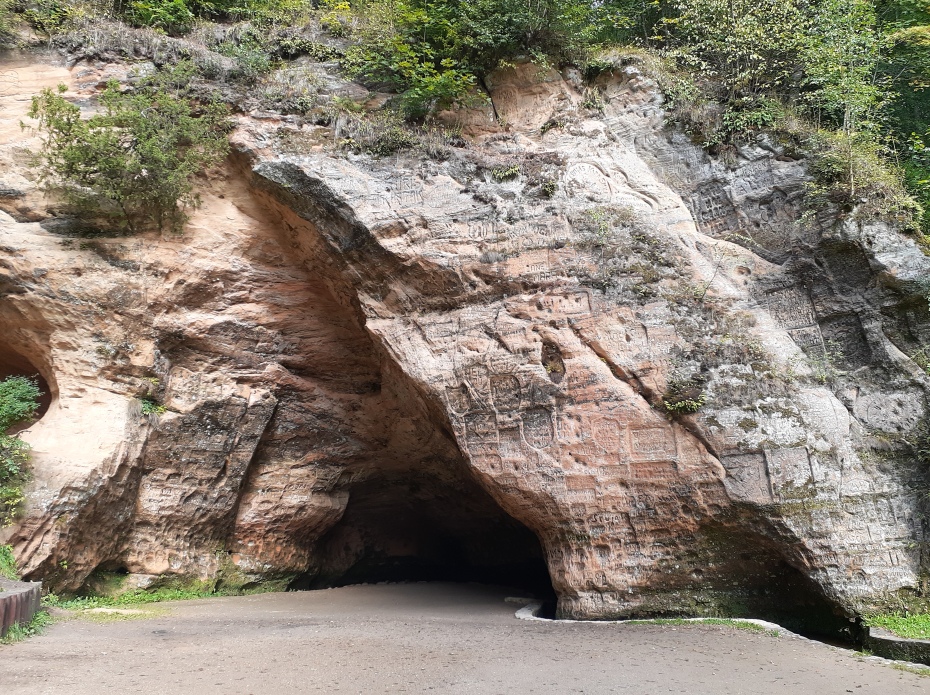



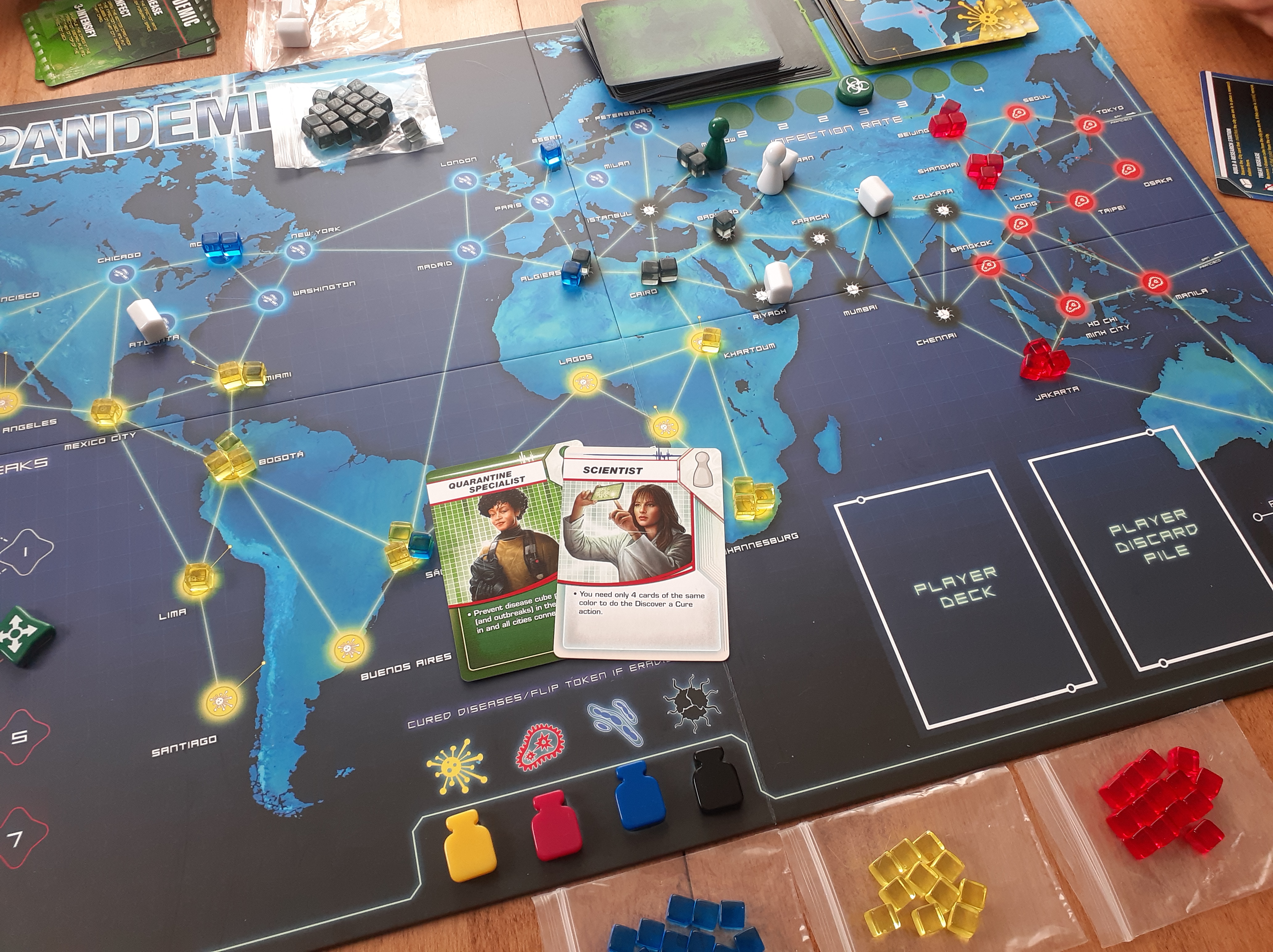


 …else I may have to make you part of my sample.
…else I may have to make you part of my sample.








